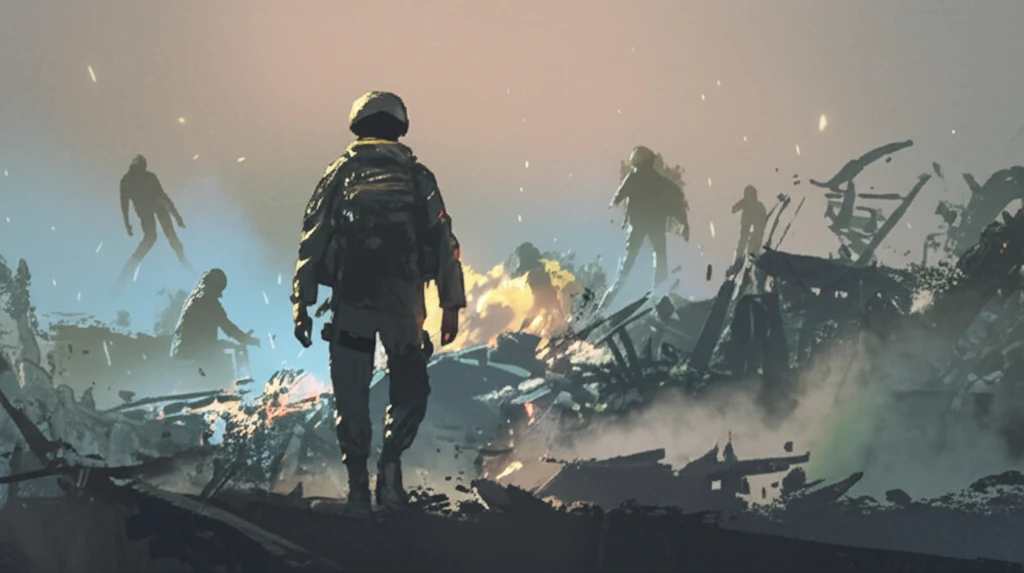
Beyond the Battlefield: Understanding and Healing the Invisible Wounds of War
"A deep dive into the neuropsychiatric impact of conflict on soldiers and civilians, and pathways to effective mental healthcare."
War leaves scars that are not always visible. Beyond the physical wounds and destroyed landscapes, conflicts inflict profound psychological trauma on individuals and communities. Soldiers, civilians, refugees, and those living in war zones often grapple with lasting mental health challenges that can reshape their lives.
The conflict in the Donbass region of Ukraine serves as a stark reminder of these hidden consequences. A recent study published in CNS Spectrums sheds light on the neuropsychiatric characteristics of antiterrorist operation (ATO) combatants in the Donbass, offering valuable insights into the mental healthcare needs of those affected by war.
This analysis delves into the study's findings, exploring the specific psychological challenges faced by ATO combatants, comparing their experiences to those of other trauma survivors, and highlighting effective therapeutic strategies for managing the mental health toll of conflict. It's not just about soldiers; understanding the broader impact on refugees, migrants, and civilians is crucial for fostering healing and resilience in war-torn regions.
What Are the Hidden Mental Scars of War?

The study, led by researchers from Ukraine and Italy, examined 54 ATO combatants and compared them to individuals who had experienced other emergencies, such as the Chernobyl disaster and the war in Afghanistan. The researchers assessed neuropsychiatric features through psychological evaluations, neurological examinations, and quantitative electroencephalography (qEEG).
- Low self-rated health and somatic concerns
- High prevalence of posttraumatic stress disorder (PTSD)
- Anxiety and insomnia
- Depression and social dysfunction
- Mild cognitive impairment
- Neurological soft signs
- Abnormalities in qEEG suggestive of corticolimbic system irritation
- Post-conflict personality changes
Hope and Healing After the Storm: Pathways to Recovery
The study emphasizes a comprehensive approach to treatment, integrating psychotropic drugs with various psychotherapies. This holistic strategy, drawing on experiences from managing the Chernobyl disaster and supporting war veterans, offers a framework for assessing and providing mental healthcare to ATO combatants, refugees, and migrants from the Donbass. The authors suggest that voluntary participation in war doesn't eliminate the risk of neuropsychiatric consequences, underscoring the need for proactive mental health support for all involved.
